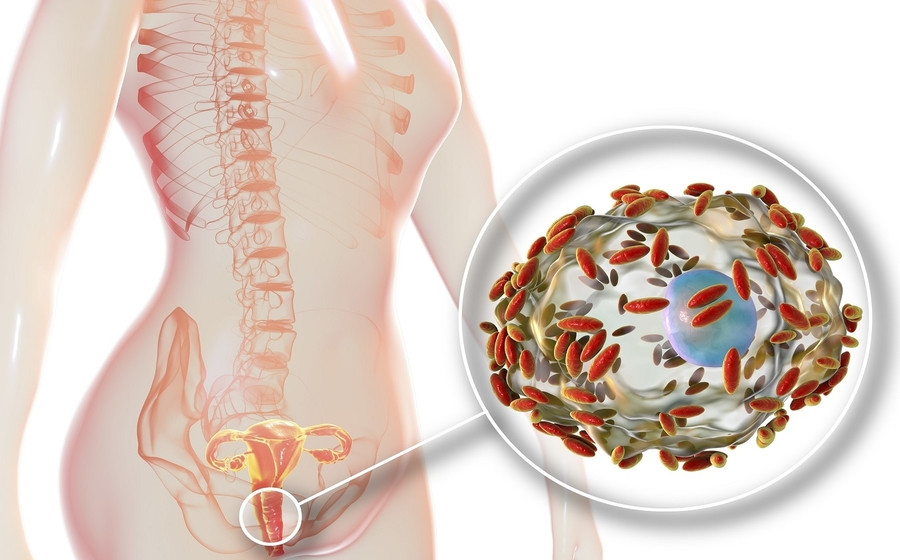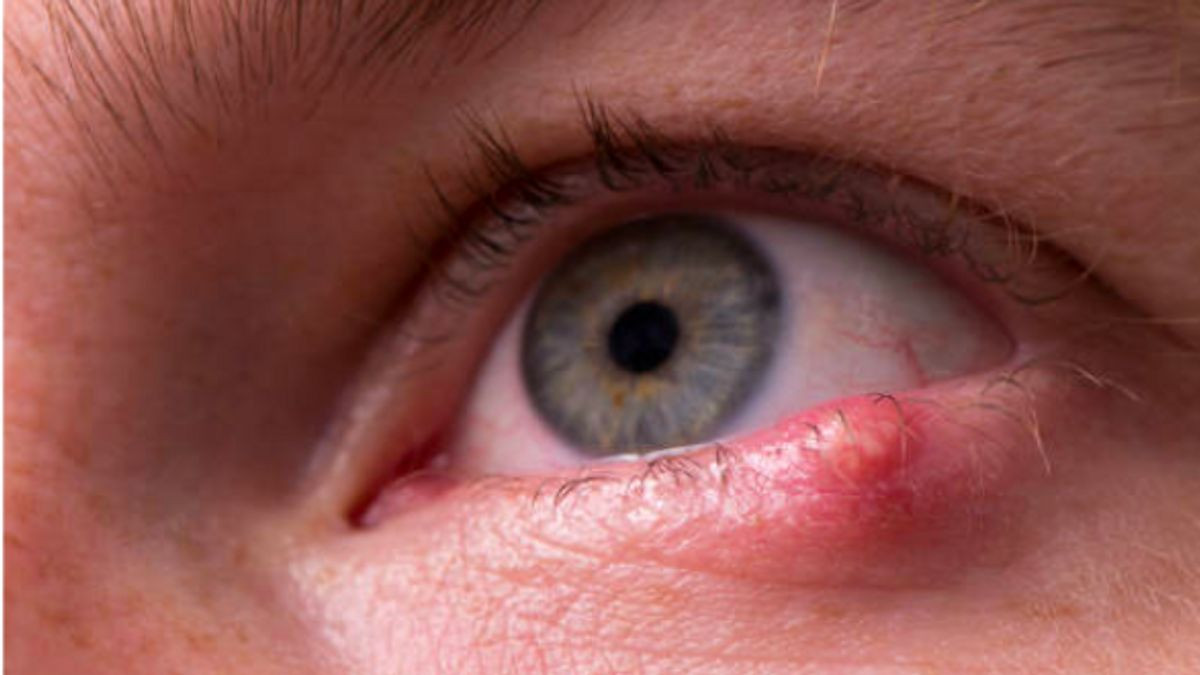Definition
An anaerobic resistance microorganism culture test is conducted to determine if a person is infected with a type of anaerobic bacteria. In anaerobic bacterial culture, the test is performed by ensuring oxygen is excluded from the sample.
Anaerobic bacteria are a group of bacteria that do not require oxygen to grow or survive. Environments with low oxygen levels, such as the digestive and urinary tracts, provide ideal conditions for anaerobic bacterial growth. These bacteria can cause infections in various parts of the body.
Anaerobic bacterial infections may manifest in forms such as mouth or lung infections, diabetes-related foot infections, infected bite wounds, and gangrene (dead tissue). These infections often result in pus formation and tissue damage, as some anaerobic bacteria produce enzymes that destroy tissues.
Globally, infections caused by antibiotic-resistant bacteria are a significant factor in severe infection cases, contributing to increased illness and mortality rates. This resistance leads to longer hospital stays, higher treatment costs, and greater risks of death.
Antibiotic-resistant bacterial infections are more prevalent in developing countries due to:
- Limited healthcare services and resources
- Poor sanitation and hygiene
- Overuse or misuse of antibiotics (frequent prescriptions or buying antibiotics without a prescription)
- High poverty levels
Therefore, early diagnosis and appropriate antibiotic use are crucial to preventing severe complications. Testing for resistant anaerobic bacteria is vital for identifying infections caused by antibiotic-resistant strains. Untreated infections can escalate into severe conditions with significant pain and risks of complications.
Indications
Anaerobic bacterial culture helps detect harmful bacteria in the body. Testing for antibiotic resistance as part of the culture allows the doctor to determine whether the bacteria causing the disease are resistant (immune) to certain antibiotics.
The test results assist doctors in identifying effective drugs for treating specific diseases and establishing an appropriate treatment plan. Additionally, the results help determine whether further interventions are necessary.
Your doctor may recommend an MO culture test if you show symptoms of a bacterial infection. Symptoms vary depending on the type of infection.
Contraindications
There are no specific contraindications for culture tests using body fluid samples, such as blood, urine, stool, or sputum. If there is an infection or bruising on one arm, blood samples will be collected from the other arm or another site on the body.
Preparation Before the Test
No specific preparations are required before undergoing this test. However, you should inform your doctor about any medications, vitamins, or supplements you are currently taking, including antibiotics, over-the-counter medicines, and other drugs.
Test Procedure
The procedure varies depending on the sample needed. If the test involves a wound, the sample may be collected from the wound's fluid or tissue. The doctor may use a cotton swab to collect the sample or a needle to extract fluid from the wound. This process might cause minor pain or discomfort.
Once collected, the sample is sent to a laboratory, where it is placed in a specialized culture medium. The test may take several days because the bacteria need time to grow and be cultured for laboratory observation.
Normal and Abnormal Values
Test results can vary based on factors such as age, gender, medical history, and the equipment used by the laboratory.
Normal (negative) results indicate no bacterial growth is detected in the sample. However, even with negative results, there is still a possibility of infection since anaerobic bacteria can be difficult to culture in a laboratory.
Abnormal results indicate the presence of anaerobic bacteria is detected in the sample. It is important to note that many anaerobic bacteria are naturally found in the body. Some bacteria identified in the sample may not be the cause of infection but can still influence the test results.
Results and Recommendations (Further Testing)
The detection of bacteria in a test does not always indicate a serious issue. Anaerobic bacterial infections can range from mild to severe. The test results also reveal whether the bacteria are sensitive or resistant to specific antibiotics.
Your doctor will use the test findings to determine the next course of therapy. Additional tests may be recommended to identify whether the condition is influenced by other factors or bacterial resistance to antibiotics.
Consult the Right Doctor
Once the microorganism culture test results are available, your doctor will review and discuss them with you. If the results are positive, the doctor will explain the infection, its cause, and the most appropriate treatment.
The doctor will evaluate the test findings alongside your current health condition to decide on the next steps in therapy.
Want more information about laboratory, radiology, and other test results? Click here!
- dr Hanifa Rahma
Anaerobic culture (no date) Anaerobic Culture - Health Encyclopedia - University of Rochester Medical Center. Available at: https://www.urmc.rochester.edu/encyclopedia/content.aspx?contenttypeid=167&contentid=anaerobic_culture (Accessed: 25 May 2023).
(No date) Home page: Clinical Microbiology and Infection. Available at: https://www.clinicalmicrobiologyandinfection.com/ (Accessed: 25 May 2023).
E. nagy, et al (2018). How to isolate, identify and determine antimicrobial susceptibility of anaerobic bacteria in routine laboratories. Clinical Microbiology and Infection. Available at: https://www.clinicalmicrobiologyandinfection.com/article/S1198-743X(18)30181-2/pdf. (Accessed: 25 May 2023).












